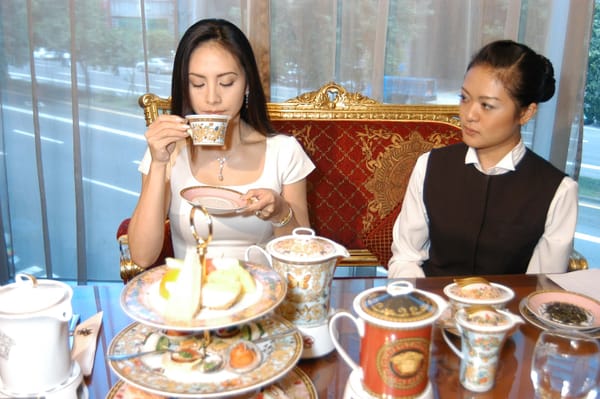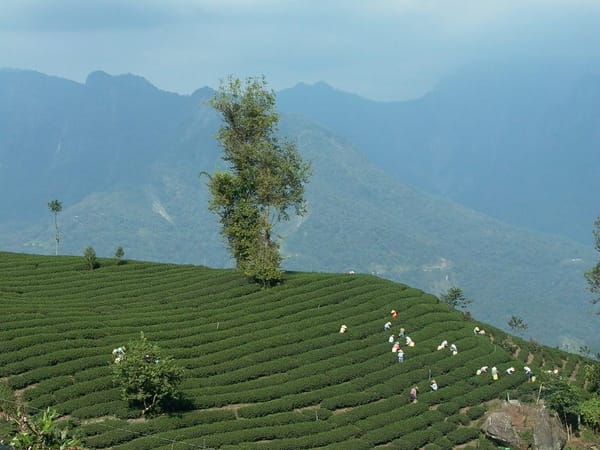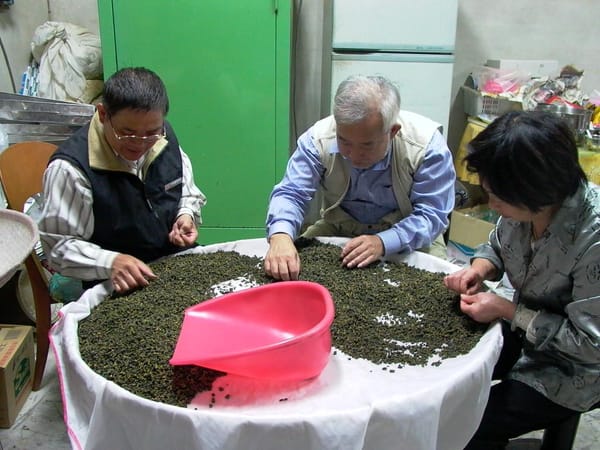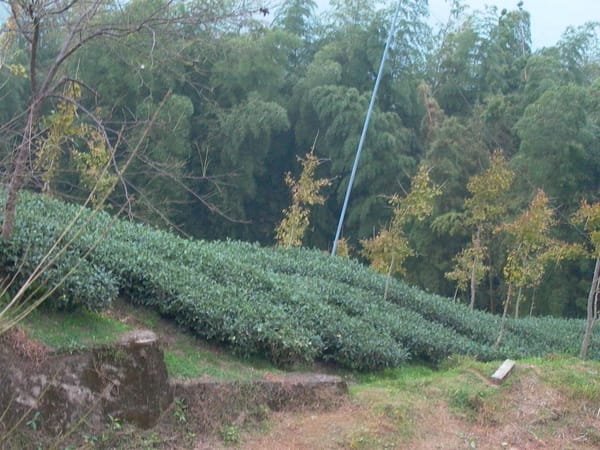Why does the same tea leaf yield a fragrant, sweet brew in one person’s hands, yet turn out bitter and astringent in another’s? The secret lies in the precise control of water temperature and steeping time. Professional tea brewers understand that brewing technique is the key to unlocking a tea’s full potential, and that temperature and time are the core pillars of this craft.
Though brewing tea may appear simple, it’s grounded in complex scientific principles. Compounds in tea dissolve at different rates depending on temperature, and steeping time directly influences which substances are extracted. Mastering these patterns allows you to conduct each brew like a symphony, coaxing out the most beautiful flavor notes from every leaf.
In this guide, we reveal the secrets of professional tea brewing—from scientific principles to hands-on techniques, from foundational steps to advanced methods—so that you too can master this delicate art.
The Science of Water Temperature: How Heat Shapes Flavor
Water temperature is one of the most critical variables in brewing. Different temperatures activate different compounds in tea. Polyphenols, which contribute bitterness and astringency, dissolve quickly in high heat. Amino acids, responsible for sweetness and umami, release better at moderate temperatures. Aromatic compounds volatilize optimally within a specific range.
55–70°C is ideal for tender tea buds. This gentle range preserves delicate compounds and prevents bitterness. Premium green teas and white teas shine at these temperatures, expressing clarity, sweetness, and floral notes.
70–80°C suits most green teas and lightly oxidized oolongs. This range extracts full flavor without compromising fragrance, balancing aroma and taste—perfect for renowned green teas.
80–90°C is optimal for oolong and lightly roasted teas. These undergo special processing and require higher temperatures to release their layered complexity. Too low a temperature results in flat, under-extracted brews.
90–100°C boiling water is best for heavily oxidized or aged teas like black tea, Pu-erh, and dark teas. High heat helps break down cell walls and extract the deep, rich character unique to these varieties.
The Art of Time: Precision in Steeping Duration
Steeping time is the other essential axis of tea brewing. Too short, and the brew is weak; too long, and bitterness overwhelms. Professionals use precise timing to ensure every infusion reaches peak flavor.
The first rinse, or "awakening the tea", uses hot water to quickly rinse away dust and activate the leaves. This step lasts just 10–15 seconds—not meant for drinking but to prepare for the main infusions. It’s especially vital for compressed or aged teas.
Second and third infusions are the prime flavor extractions. Timing depends on the tea type. Tender green teas do well with 30–60 seconds to preserve aroma and sweetness. Oolongs benefit from 1–2 minutes to release full bouquet. Pu-erh may need 2–3 minutes for its deep essence to emerge.
Later infusions follow a time-increase principle, reflecting the tea master’s understanding of extraction dynamics. As infusions continue, fewer compounds remain, requiring longer steeping (usually +15–30 seconds each round) to maintain strength.
Pouring technique also matters. Swift, clean pours prevent over-extraction. A skilled brewer executes precise timing with clean decanting, ensuring consistent mouthfeel in every cup.
Harmonizing Time and Temperature: The Professional Brewing Formula
Experts know that temperature and time must work in tandem. High-temp short brews work well for teas requiring quick extraction—like black or dark tea at 95–100°C for 30–60 seconds. Low-temp long brews are better for bud teas, using 70–80°C water for 2–3 minutes to gently extract flavor.
Stepwise temperature brewing is an advanced technique: Start with lower temperatures to awaken the tea, then increase by 5–10°C with each infusion. This reveals flavor layers gradually, especially effective with high-grade oolongs and Pu-erh.
Variable-time infusion is another advanced strategy. Shorten for a lighter brew, extend for intensity—adjust based on taste goals, creating flexibility during a tea session.
Temperature-control tools like electric kettles with precise settings or tea warmers enable consistent results. This is vital for teas requiring multiple infusions at stable temperatures.
Tea-Specific Brewing Blueprints
Every tea type has its unique "brew code." Learning these unlocks the best in each variety.
- Green tea’s freshness code: Use 75–80°C water. First steep: 30 seconds; add 15 seconds each round. Max: 4–5 infusions.
- Oolong’s complexity code: Use 90–95°C water. Rinse 10 seconds, then 30–60 seconds per infusion. Up to 8–10 infusions, each revealing new notes.
- Black tea’s richness code: Use boiling water. Steep 30–45 seconds—longer leads to bitterness. Best for 3–4 infusions with good consistency.
- Pu-erh’s depth code: Use 100°C water. Rinse and discard first steep. Begin with 30 seconds; increase 10–15 seconds each round. Premium Pu-erh can yield 15–20 brews.
- White tea’s sweetness code: Use 85–90°C. Start with 1 minute, gradually increase time. Young white tea is floral and sweet; aged ones are mellow with lingering aftertaste.
Practical Training: How to Become a Brewing Expert
Becoming a master brewer requires hands-on training.
- Build temperature intuition through repeated practice. Train your senses to gauge water temperature by sight, sound, and feel.
- Master time rhythm using a timer to develop internal timing. Elite brewers often rely on instinct alone, maintaining precise control without a watch.
- Develop taste memory by comparing brews under different conditions. Build a sensory database and refine your personal standards.
- Keep a brewing journal to track variables and taste results. Analyze successes and failures to optimize techniques.
- Learn from others: Attend tea workshops, observe fellow brewers, and exchange ideas. Collaboration accelerates growth.
Controlling water temperature and steeping time is a lifelong pursuit. Every brew is a new opportunity for discovery. With practice and passion, you’ll not only perfect your technique but also deepen your appreciation for the art of tea.





